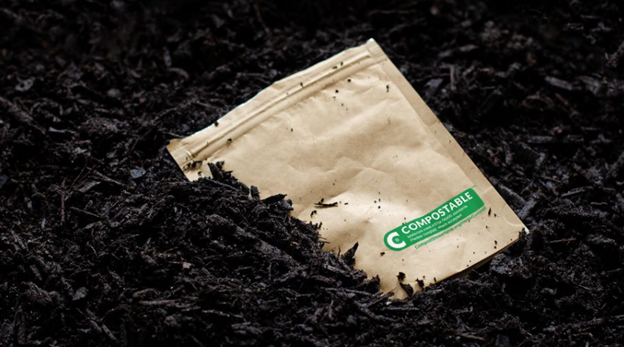In the realm of transcription, precision, efficiency, and speed are paramount. Whether you’re transcribing interviews, lectures, meetings, or any other form of spoken content, having the right tools at your disposal can make all the difference. One such tool that has revolutionized the transcription process is the Digital Dictation Recorder. In this blog post, we’ll explore how leveraging this technology can unleash your transcription superpowers, enabling you to excel in your craft like never before.
Understanding the Digital Dictation Recorder
Before diving into the benefits of using a dictation recorder, let’s first understand what it is and how it works. Essentially, a dictation recorder is a portable device or software application that allows users to record spoken audio. These recordings can then be transferred to a computer for transcription or playback purposes.
Unlike traditional analogue dictation machines, digital recorders offer numerous advantages, including higher audio quality, increased storage capacity, and seamless integration with transcription software. Additionally, many modern digital recorders feature advanced functionalities such as voice activation, noise reduction, and file encryption, further enhancing the transcription experience.
Enhanced Accuracy and Efficiency
One of the most significant advantages of using a transcription recorder is its ability to enhance accuracy and efficiency in transcription. By capturing high-quality audio recordings, these devices minimize the risk of errors caused by background noise, poor sound quality, or incomplete recordings.
Moreover, many digital recorders come equipped with features like voice activation, which automatically starts and stops recording based on the presence of sound. This not only saves time but also ensures that you capture only the essential content, reducing the need for extensive editing during transcription.
Flexibility and Portability
Another key benefit of utilizing a Digital Dictation Recorder is its flexibility and portability. Whether you’re in the office, on the go, or working from home, these devices enable you to capture audio recordings anytime, anywhere. This flexibility allows transcriptionists to accommodate varying work environments and schedules without compromising productivity or quality.
Furthermore, with the advent of smartphone apps and cloud-based recording solutions, users can now leverage their mobile devices as digital recorders, eliminating the need for additional hardware. This seamless integration between devices streamlines the transcription process and empowers users to transcribe audio content with ease, regardless of their location.
Increased Productivity and Time Savings
In today’s fast-paced world, productivity is more important than ever. Dictation Recorders play a crucial role in boosting productivity and saving time for transcriptionists. By automating the recording process and minimizing the need for manual intervention, these devices enable users to focus on transcribing content efficiently, rather than wrestling with cumbersome recording equipment or struggling to decipher poor-quality audio.
Moreover, digital recorders often feature intuitive user interfaces and convenient playback controls, allowing transcriptionists to navigate through recordings effortlessly. This increased efficiency translates into significant time savings, enabling users to transcribe more content in less time while maintaining high levels of accuracy and precision.
Streamlined Workflow Integration
Integrating a digital recorder into your transcription workflow can streamline the entire process from start to finish. With seamless compatibility with transcription software and file transfer capabilities, these devices eliminate the need for manual file conversion or data entry, saving both time and effort.
Additionally, many digital recorders support file encryption and secure transfer protocols, ensuring the confidentiality and integrity of sensitive audio recordings. This level of security is especially crucial for transcriptionists working with confidential or proprietary information, providing peace of mind and reassurance to both clients and transcription service providers.
Continuous Learning and Skill Development
Beyond its practical benefits, using a Digital Dictation Recorder can also facilitate continuous learning and skill development for transcriptionists. By regularly transcribing diverse audio content, users can refine their listening skills, improve their typing speed, and enhance their overall transcription proficiency.
Furthermore, many digital recorders offer features such as variable playback speed, which allows users to adjust the speed of audio playback to match their typing pace. This functionality not only promotes efficiency during transcription but also enables transcriptionists to challenge themselves and gradually increase their typing speed over time.
Maximizing Efficiency with Integration Tools
In today’s interconnected world, integration is key to maximizing efficiency and productivity. Many transcription recorders offer seamless integration with transcription software, cloud storage platforms, and other essential tools, allowing for a smooth and streamlined workflow from recording to transcription.
By utilizing these integration tools effectively, transcriptionists can automate tedious tasks, eliminate redundant processes, and focus their time and energy on the core aspects of their work. Whether you’re collaborating with a team or working independently, leveraging integration tools can significantly boost your productivity and elevate your transcription skills to the next level.
Conclusion
In conclusion, a Digital Dictation Recorder is a powerful tool that can elevate your transcription skills to new heights. By harnessing the capabilities of this technology, transcriptionists can enhance accuracy, efficiency, productivity, and flexibility in their work. Whether you’re a seasoned professional or just starting in the field of transcription, incorporating a digital recorder into your workflow can unlock a world of possibilities and help you unleash your transcription superpowers like never before.


